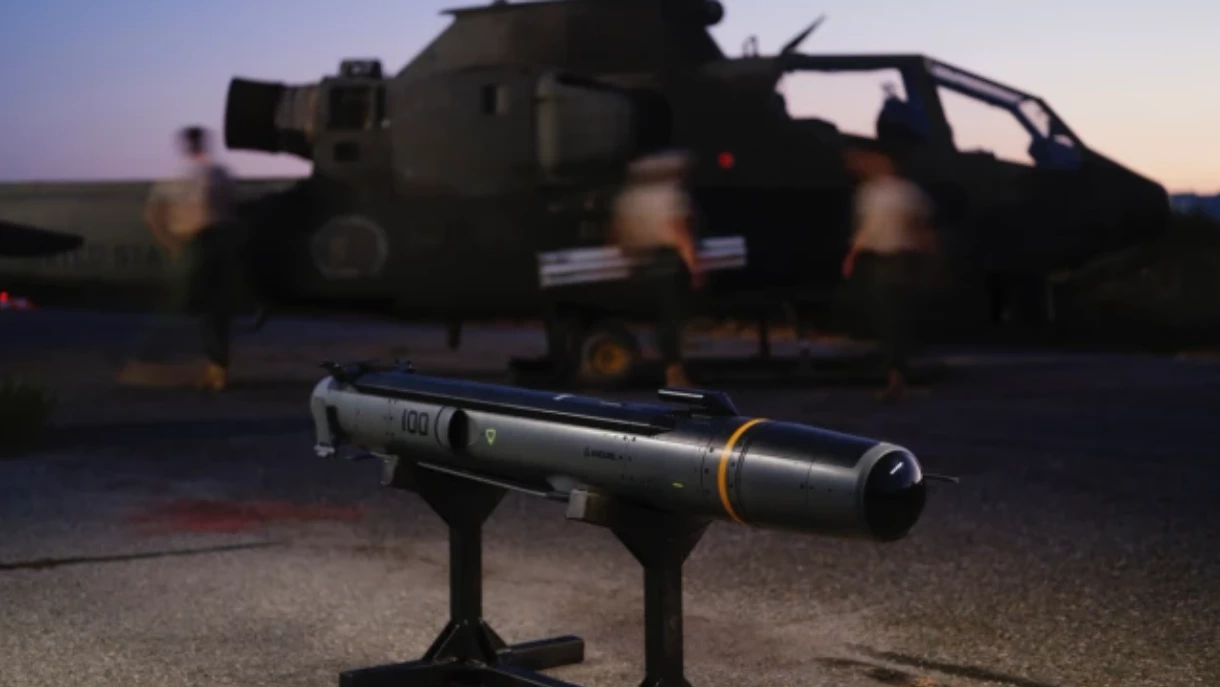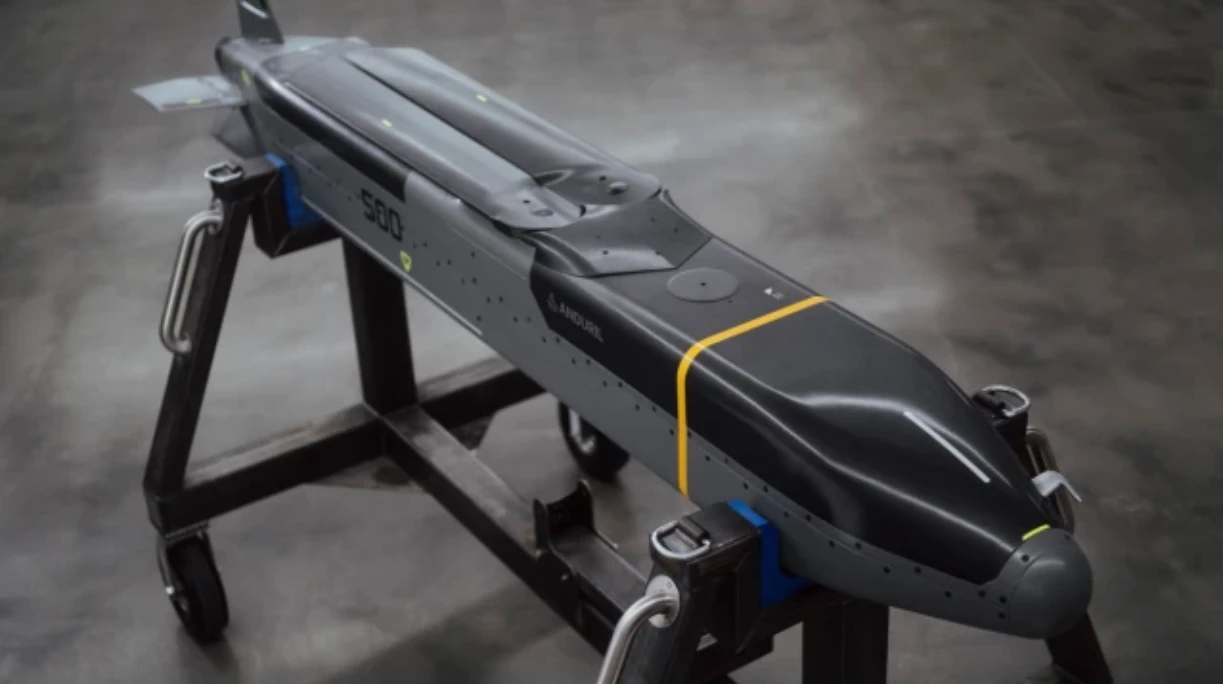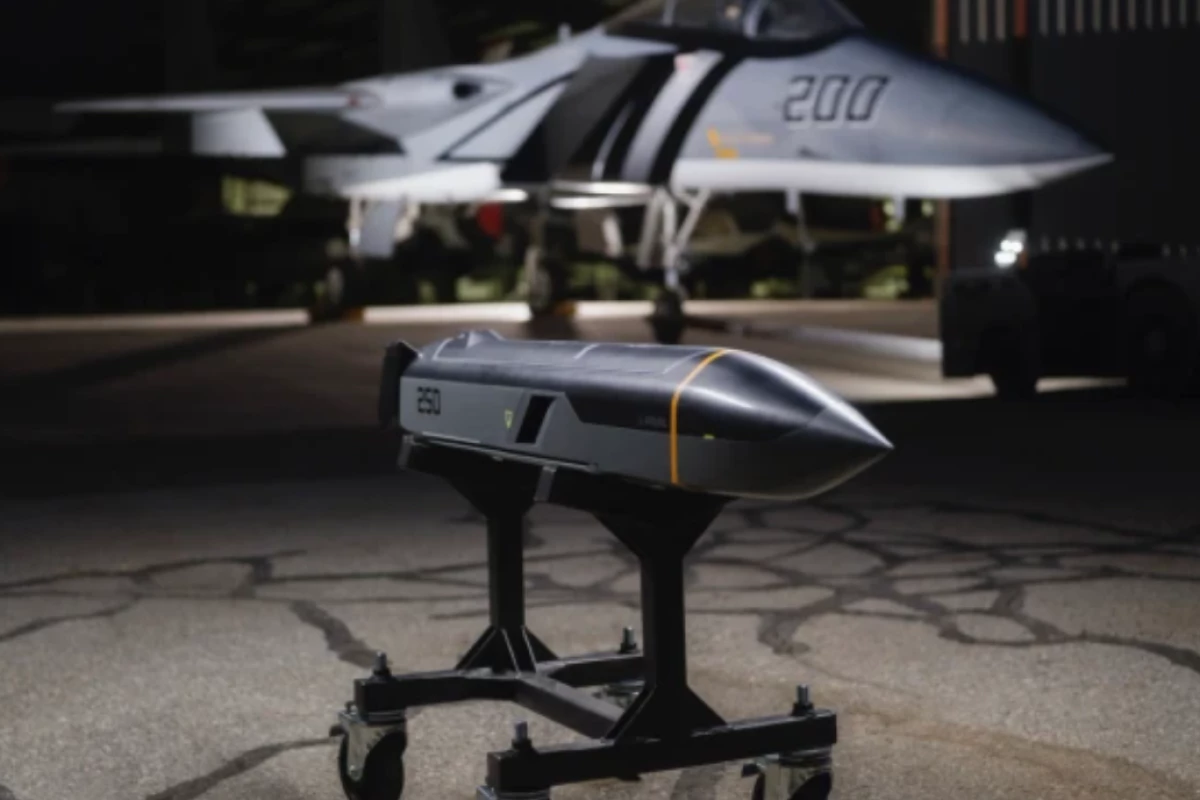In response to the return to large-scale peer-to-peer warfare, Anduril has unveiled its new Barracuda family of autonomous cruise missiles, which can be built to "hyper-scale" for intelligent swarm attacks against hardened targets.
The current geopolitical situation and conflicts in several parts of the globe have shown that the decades of counterinsurgency warfare after the Cold War is giving way to a return to the threat of massed armed forces facing off against one another.
This is more than just a serious threat to world peace, it also highlights a major shortcoming for Western military powers. As the aid sent to help Ukraine fight the Russian invasion has shown, Western weapon stockpiles may include some remarkable state-of-the-art hardware, but those stockpiles aren't very deep and would be rapidly depleted in a serious conflict.

According to Anduril, the problem is so severe that the West's reserves of precision weapons could be exhausted in a matter of days. If this wasn't bad enough, such precision munitions are no longer designed to act alone. They are becoming increasingly autonomous and designed to work together as a team, independently deciding which targets to hit and which weapon to do the hitting.
What this all boils down to is that the West needs to build up its stockpiles. And fast.
The Barracuda family of three variants of Autonomous Air Vehicles (AAVs) is designed to address this.
The Barracuda 100, Barracuda 250, and Barracuda 500 are air-breathing, software-defined expendable AAVs, with each variant having increased size, payload, and range. Each variant's number indicates the turbojet-powered missile's range in nautical miles: 100 nm (115 miles, 185 km), 250 nm (287 miles, 463 km), and 500 nm (575 miles, 926 km). They have a payload capacity ranging to over 100 lb (45 kg), can handle maneuvers at 5 gs, and can loiter for 120 minutes for direct, stand-in, and stand-off attacks.

However, what sets the Barracuda family apart is that all share a common design that is compatible with a range of mission payloads. This configuration is intended to simplify not only the missile's architecture, but to make it easier, cheaper, and faster to produce in large numbers.
Instead of being highly complex and requiring specialized tools and technicians to put them together, the Barracuda has a software-defined modular design that, according to the company, allows it to be assembled in half the time of conventional missiles, while requiring 95% fewer tools and 50% fewer parts. Overall, this makes it 30% cheaper to make and suitable for mass production, including short-term surge demand.
Not only does the Barracuda only need fewer than 10 tools to put it together, it doesn't require the specially trained technicians that other missiles require. This means it can be built on standard automotive and consumer electronic factory lines, which gets through the bottleneck plaguing modern defense industries that have merged into a handful of companies. In addition, the Barracuda uses off-the-shelf components for its subsystems, which helps with logistics.
The Barracuda uses Anduril’s Lattice for Mission Autonomy software, which allows it to be both collaborative and autonomous. This means it doesn't just home in on a target, it can be deployed in intelligent swarms to work with other missiles and piloted aircraft, making decisions and delegating tasks, such as which missile will be best suited to taking out which target, whether to head in or loiter, act as decoys, and in what sequence the attack should be carried out for maximum effect.
“That package can deliver the mission effect that you want, without having to bundle all of that into one air vehicle, and then radically drive up the cost per round of every single vehicle,” said a company spokesman.
Source: Anduril





